A Tragic Vampire and A Killer Tree
Today we take a look at two movies I discovered while perusing Warren’s invaluable KEEP WATCHING THE SKIES: THE VAMPIRE (1957) and WOMANEATER (1958, but not released in the U.S. until 1959).
First, THE VAMPIRE. This is an unassuming little movie (sometimes called MARK OF THE VAMPIRE on tv; it’s not to be confused with the much earlier Lugosi vehicle) that succeeds because of good photography, good performances by all the leads, and a decent script. It doesn’t reach too far, and generally manages to grasp what it aims for.
John Beal plays a normal, likeable small-town doctor who’s treating this scientist guy who’s investigating “regression treatments” by trying to produce “primitive instincts” through pills made with the blood taken from the brains of animals. Vampire bats, to be precise. Exactly why he’s doing this is anyone’s guess, but you’ve got to go where the grant money takes you.
Unfortunately Beal accidentally takes one of the pills, and is transformed into a vampire and immediately starts to prey on his patients. It turns out that the pills are addictive. Massively addictive and something unspecified but probably real bad happens to you if you stop taking them. What can be worse than turning into a disfigured caveman-looking vampire who sucks the blood out of your helpless patients is, I guess, the unanswered question.
Fortunately, the town’s head cop, the ever-dependable Kenneth Tobey, is on the case. Dabbs Greer has a nice turn as a psychologist from the university which is funding the research.
The vampire in THE VAMPIRE is the rare example of one created by science-fictional rather than supernatural means. I won’t go into the “scientific” details (it’s all hand waving, anyway) but it has something to do with the blood sucker passing on a virus which causes immediately fatal “capillary disintegration” in the victim. The other usual vampiric trappings are missing (Beal is not bothered by daylight, for example).
What we really have here is a Dr Jekyll/Mr. Hyde scenario, where the primitive Hyde is conjured from the personable Jekyll by means utterly beyond the control of Jekyll, thus making the storyline even more tragic.
This unassuming but well-made little movie should be better known.
Rating: 8
Can’t say the same for WOMANEATER, though.
I’ll come right out and say it. This British film is one of the most misogynist movies I’ve ever seen, and I feel a little guilty for rating it as high as I do (which is “2″) but there was a certain amount of fascination involved in watching this film, like, I assume, being unable to tear one’s eyes from an impending train wreck.
What we have here is a mad scientist. No, really, a mad scientist. A crazy guy. As one of the bystanders at the Explorers’ Club (where this film opens) says, Dr. Moran has his family’s trait. Adding, “…several of them have been put away.”
Anyway, while whiling away a lazy afternoon at the Club, Moran learns about a lost tribe of Incans who can bring the dead back to life with magic. Fired up, he talks some random bystander into accompanying him. He says, “What, ho,” or words to that effect, and off they go.
When they find the Incans (after several wandering-through-the-jungle-scenes) they look like Africans. All except for the bongo player who looks like an Indian, of the Asian variety. As luck would have it, they stumble upon the lost tribe just as they’re about to sacrifice a maiden (the stunningly beautiful Marpessa Dawn, who earned a certain amount of fame as Eurydice in BLACK ORPHEUS). Moran’s companion is killed for trying to save her from the clutching tree. Moran turns up, in the next scene, as a feverish invalid on a stretcher being carried out of the jungle by a group of good Samaritans, who have no idea who the hell he is.
Jump forward five years, and we’re suddenly in England, in the basement of Moran’s country home, and he’s sacrificing another rather hot young woman (English, this time) to the womaneater while the bongo player (named Tanaga) beats the drums enthusiastically. By his look, that’s not all he’s about to beat, and Moran looks pretty ready to pop himself. He mutters, “she won’t die in vain” as the tree enfolds her in its tentacular grasp. It seems that he’s extracting a serum from the tree, which he then injects into what is supposed to be a human heart, but looks like a desiccated, leathery football, which immediately starts beating again.
Usually, when these mad doctor types go through hell and back to come up with some anti-death serum, they have a specific use in mind, like reviving an old girlfriend or something. But not Moran. He just likes to help people. He’s a philanthropist.
Cut to the carny, (See why this movie exerts a certain amount of fascination?) where a hootchie-cootchie dancer named Sally meets a fellow who smacks the barker in the jaw for mildly abusing her. The next morning, she shows up at the fellow’s garage with her suitcase in her hand because, naturally, she was canned and she’s looking for work. Out of the blue, the garage-owner says, “Why don’t you up to Dr. Moran’s place? You could probably work for him.” In what capacity, I’m not sure, but, sure enough, he hires Sally on the spot. We all know what’s coming up. Before it does, though, Sally wanders over to the garage another time, and, after the shortest courtship in history, which consists of the garage-guy obviously ogling her breasts (to be fair, they look lovely her tight sweater), he proposes and she accepts. But she returns to the house, of course, to give notice.
We all know what happens next.
This film was almost as crazy as Dr. Moran. How did he get the tree from the Incans? Why did Tanaga accompany him as a loyal servant? How in God’s name did they get the womaneater to England and installed in his basement? What’s he been feeding it for the last five years and doesn’t it bother him that his EXPERIMENTS DON’T SEEM TO BE WORKING? Why did he hire his old girlfriend as his housekeeper (a plot point hitherto unmentioned)? I don’t know the answer to any of these pressing questions, and, apparently, neither did the screenwriter.
Not a good movie, by any means. But it does exert a strange fascination, at times. It’s similar in this regard to MESA OF LOST WOMEN.
Rating: 2
Next up, a Heinlein trio and a free movie to the technologically challenged.

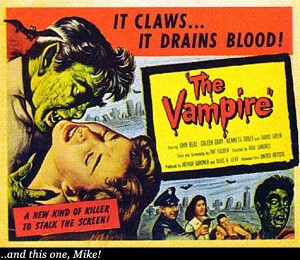
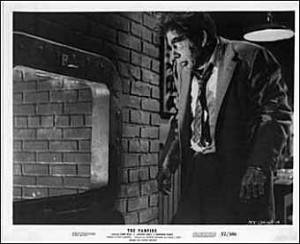
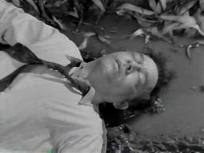
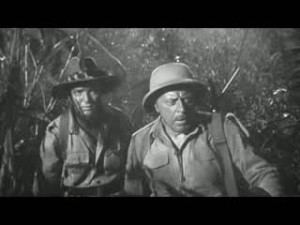
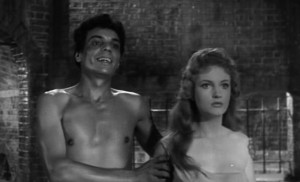
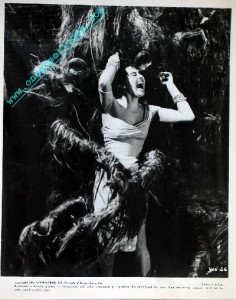
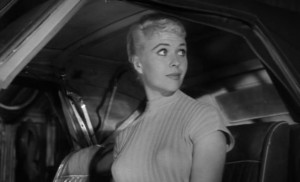
There are no comments